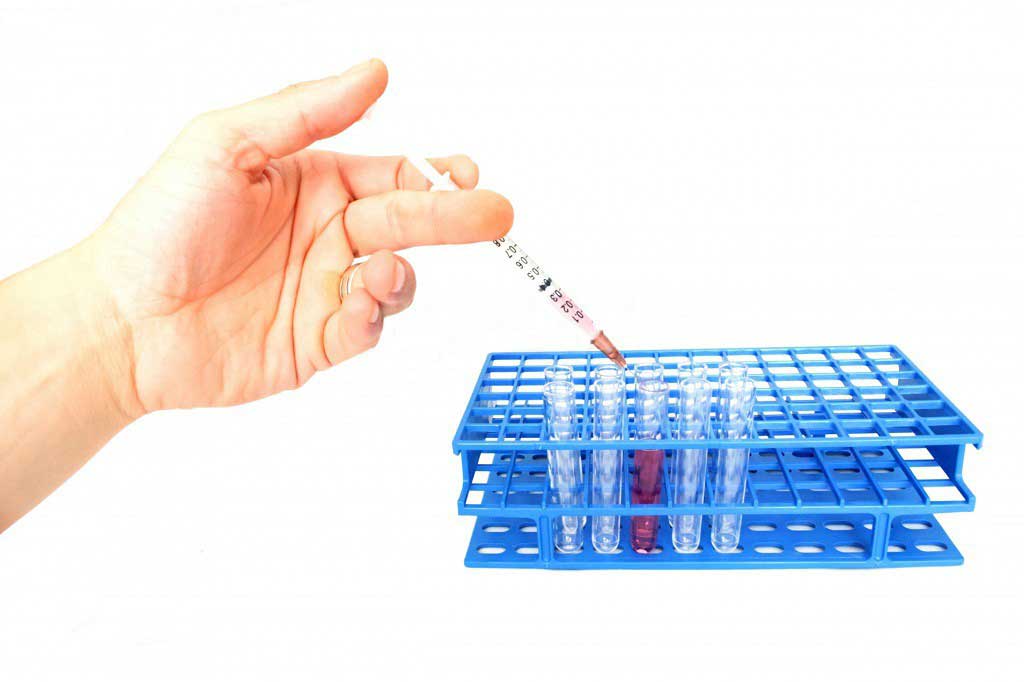Rheumatic endocarditis
Complications
Rheumatic endocarditis patients may suffer from the following complications:
-
Rhythm disruptions, like arrhythmias. Among the most common types include extrasystoles and atrial fibrillation.
-
Cardiac insufficienc, which often constitutes the most common cause of death of these patients.
-
Infarctions and embolisms, which are more rare than septic endocarditis.
-
Subacute bacterial endocarditis, which is one of the most important complications. This is a condition which must be well-recognized by dentists and otolaryngologists, because these are usually bacterial infections that are contracted via the mouth, and that are related to these specialists. In these cases, patients suffering from rheumatic endocarditis have had invasive dental procedures occur without using preventative antibiotic treatment.
Introduction
Rheumatic endocarditis is an inflammation of the endocardium. The inflammatory process if mostly localized in the valve endocardium, the layer which covers the tendons and papillary muscles, and rarely the parietal endocardium may be affected.
Symptoms
Clinical symptoms appear 8 to 10 days after the rheumatic attack and they include: high fever (rises and falls periodically), extreme fatigue, rhythm disruptions, a feeling of heaviness and pain in the precordium, dyspnea (difficulties breathing).
Causes
The main cause for this disease is the betahaemolytic Streptococcus of group A, which is found in common infectious sites such as the mouth; in dental granulomas, dental abscesses, paradontosis, and other infections such as chronic tonsillitis. ÂÂÂ
Diagnosis
A definitive diagnosis can be made via an objective examination which will involve investigating for auscultative symptoms, which are the only symptoms which can belie potential damage of the endocardium.
Complications
Rheumatic endocarditis patients may suffer from the following complications: rhythm disruptions (like arrhythmias), cardiac insufficienc (which often constitutes the most common cause of death of these patients), infarctions and embolisms, etc.
Treatment
Prophylactic treatment is usually conducted via the use of antibiotics, just as in cases of acute rheumatic polyarthritis. Each time these patients suffer from bacterial infections they must be immediately medicated with antibiotics.






 Subscribe
Subscribe Ask the doctor
Ask the doctor Rate this article
Rate this article Find products
Find products